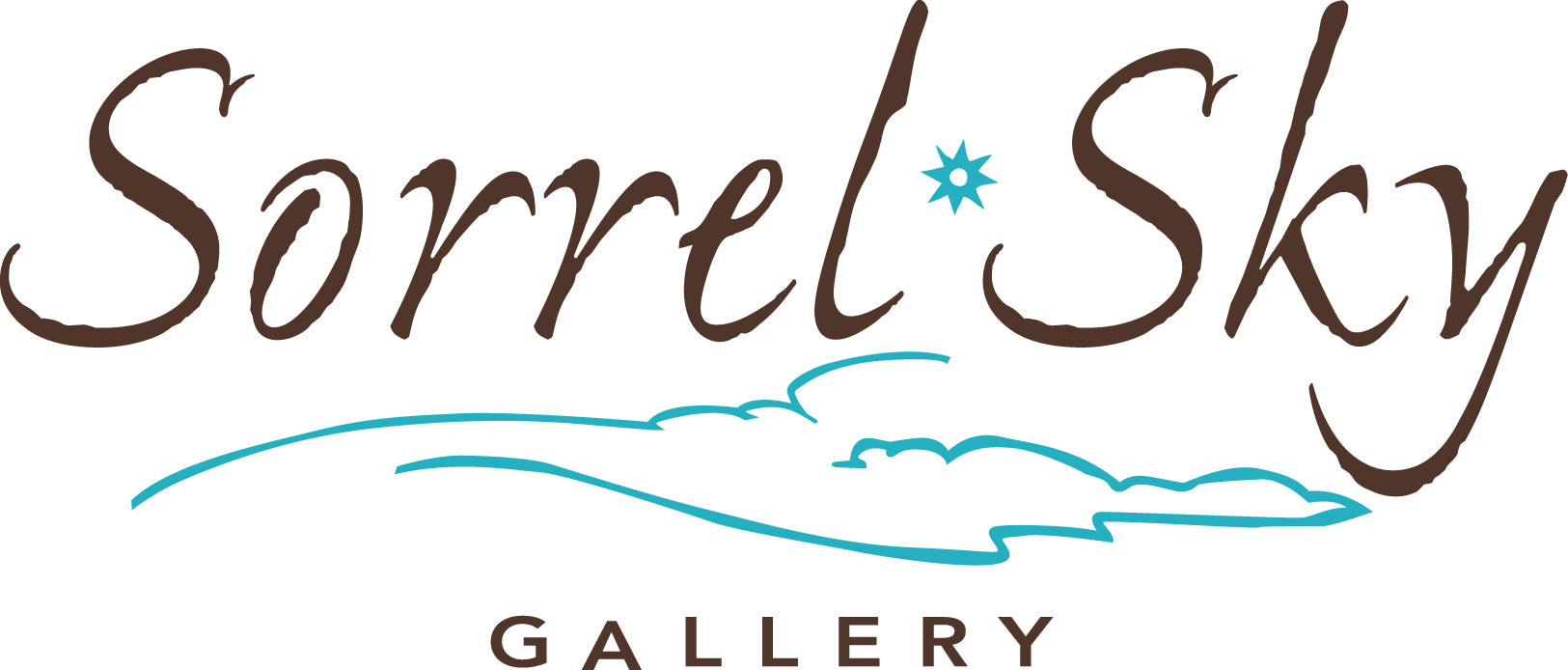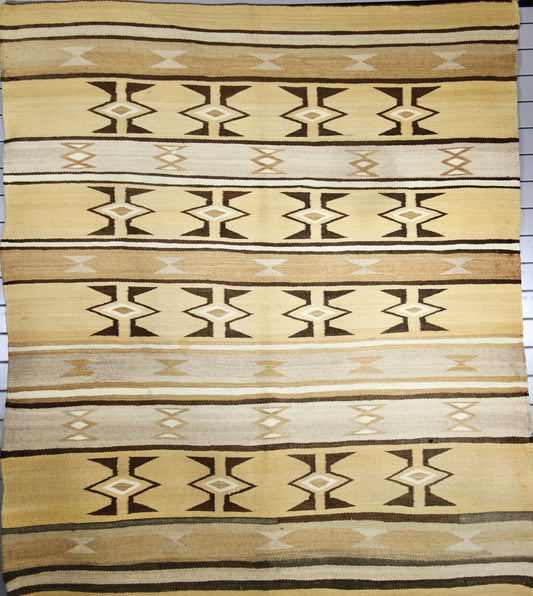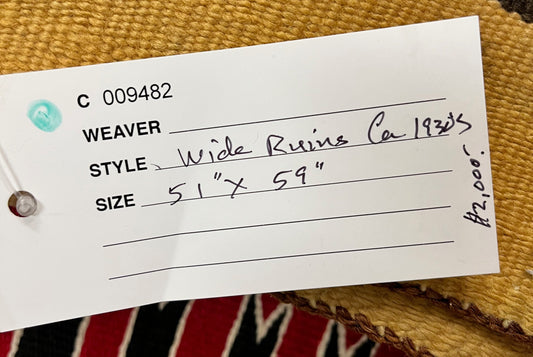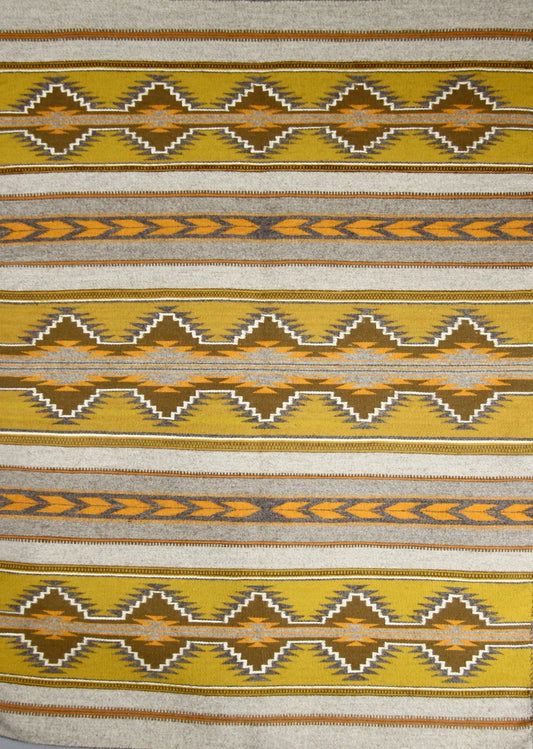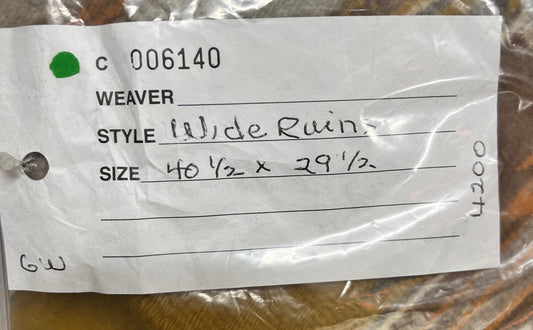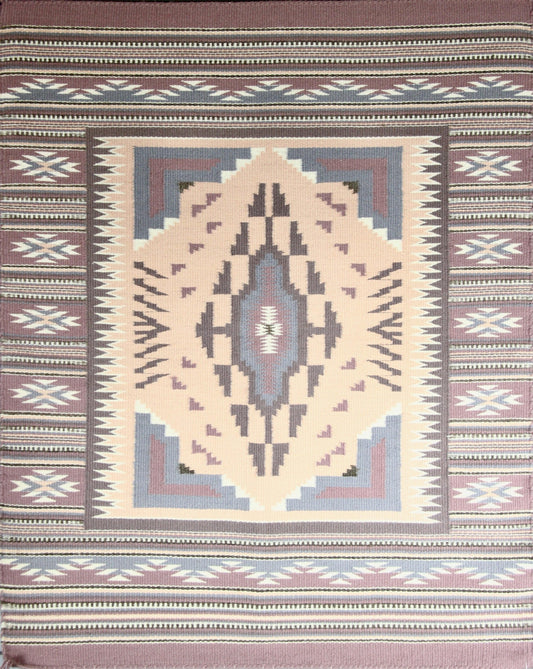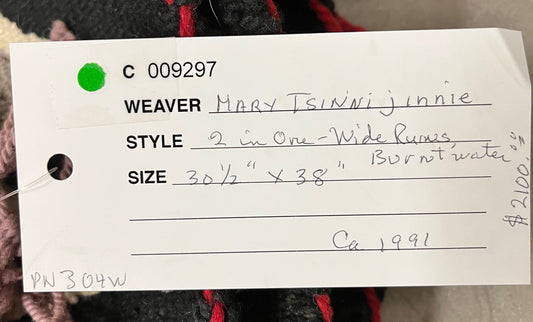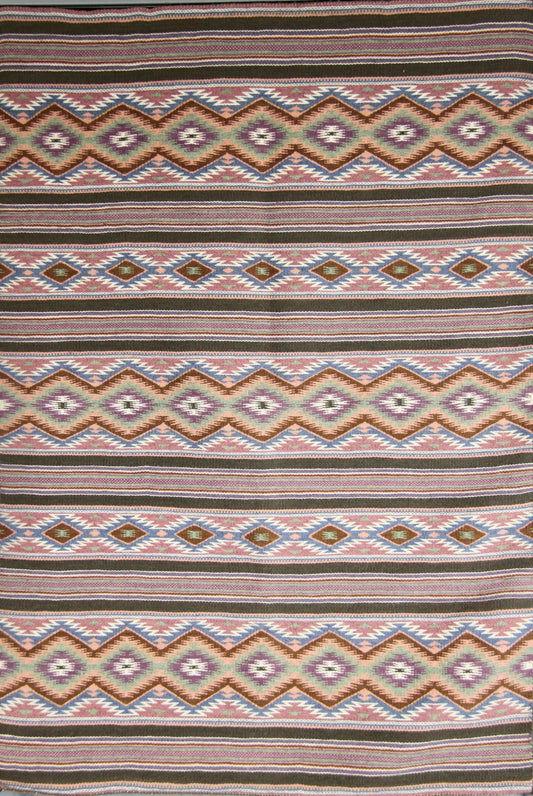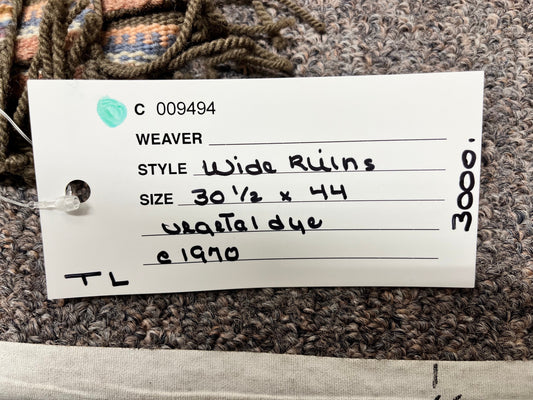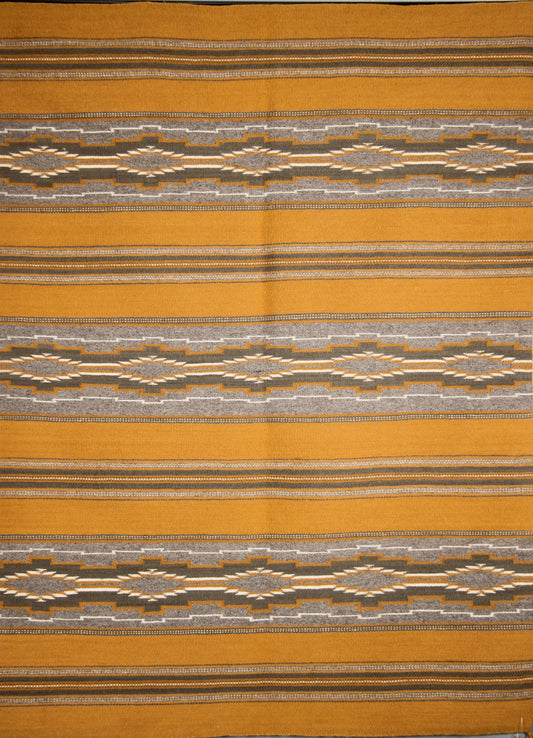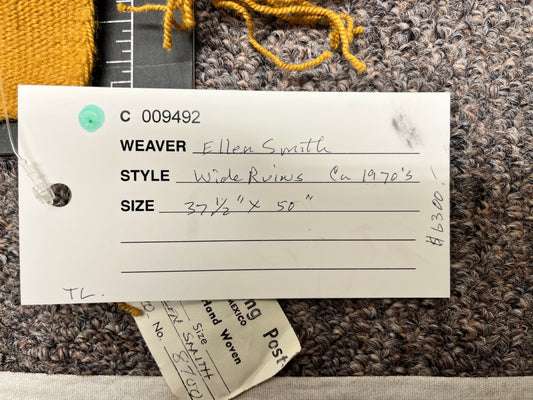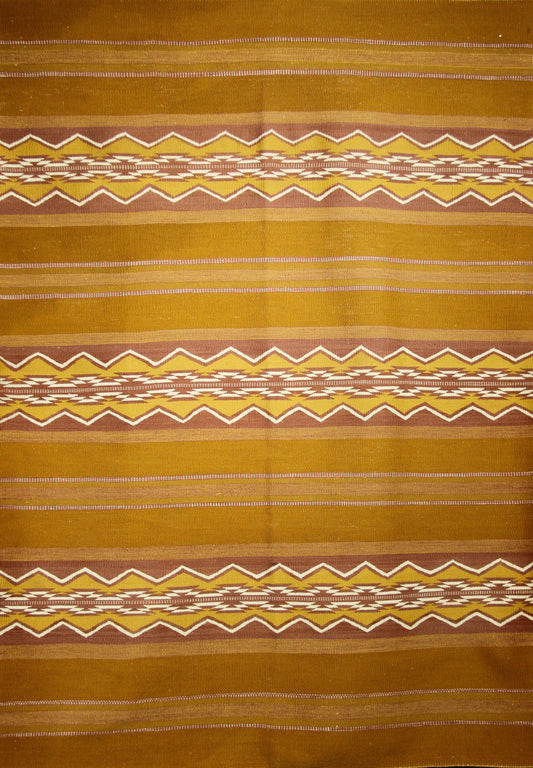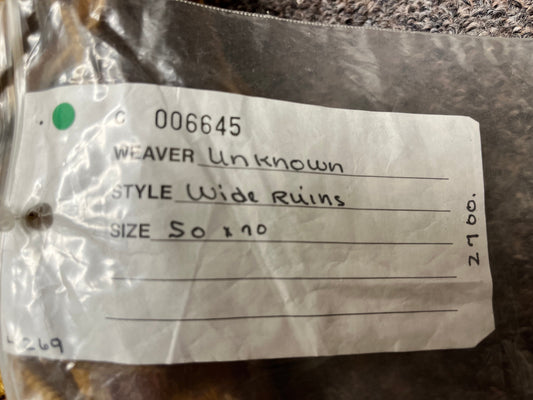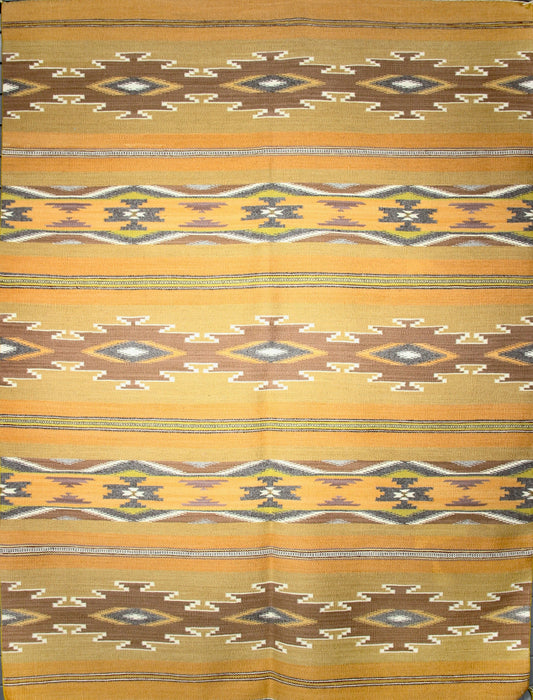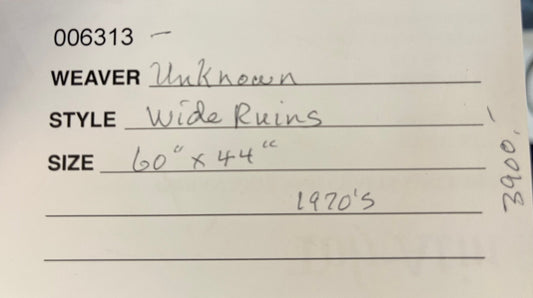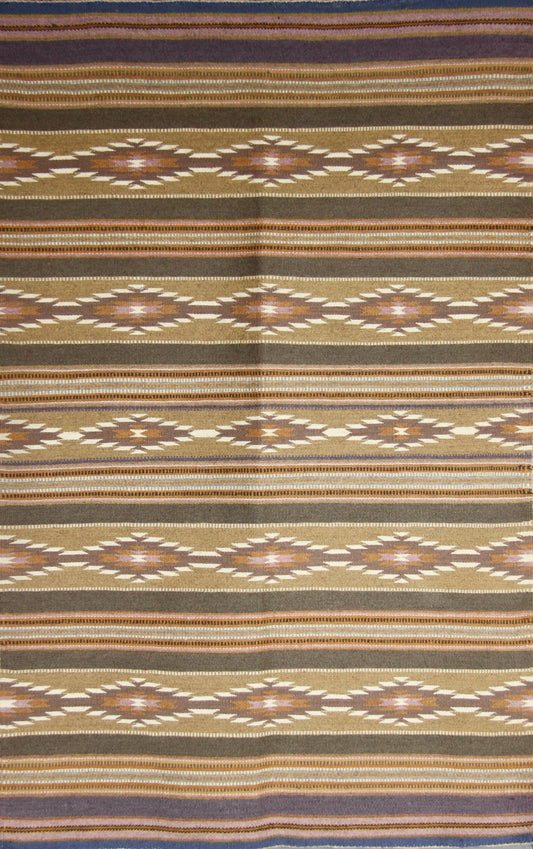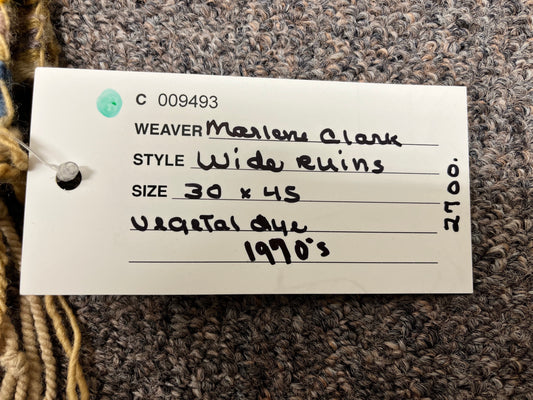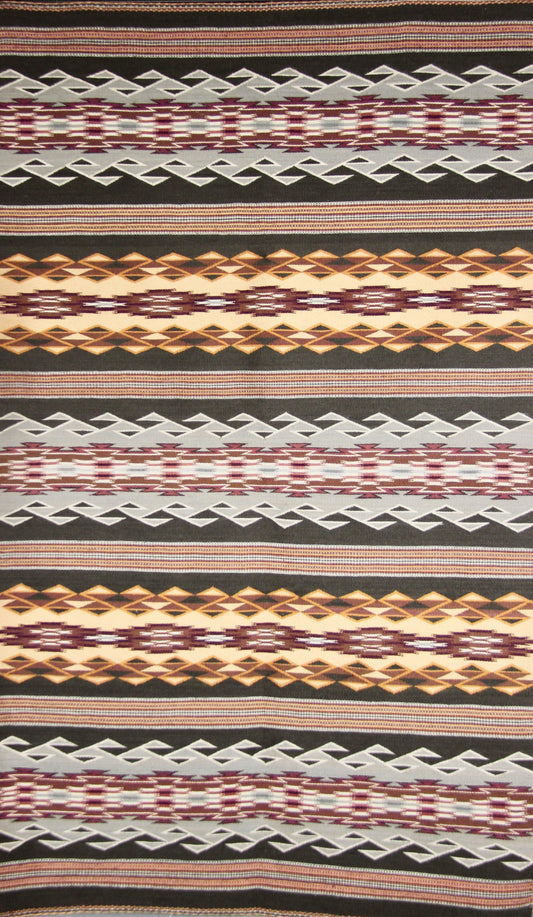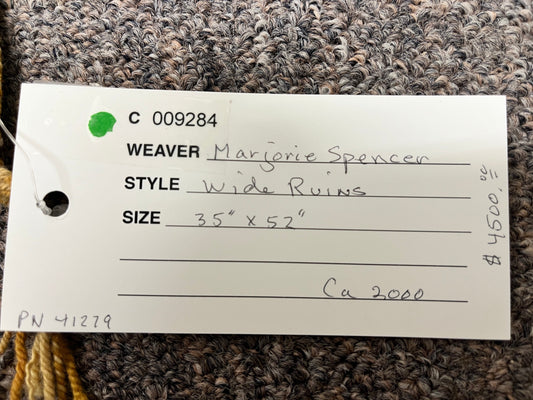Collection: Wide Ruins Area Weavings
-
Vendor:Navajo Weaving
Wide Ruins Circa 1930's
Regular price $ 2,000.00Regular priceUnit price per -
Vendor:Navajo Weaving
Wide Ruins Weaving
Regular price $ 4,200.00Regular priceUnit price per -
Vendor:Navajo Weaving
2 in 1 - Wide Ruins Burntwater
Regular price $ 2,100.00Regular priceUnit price per -
Vendor:Navajo Weaving
Wide Ruins 30" x 44" - C009494
Regular price $ 3,000.00Regular priceUnit price per -
Vendor:Navajo Weaving
Wide Ruins 37" x 50" - C009492
Regular price $ 6,300.00Regular priceUnit price per -
Vendor:Navajo Weaving
Wide Ruins 50" x 70" - C006645
Regular price $ 2,700.00Regular priceUnit price per
No More Products
-
Sold
-
Sold
-
Sold
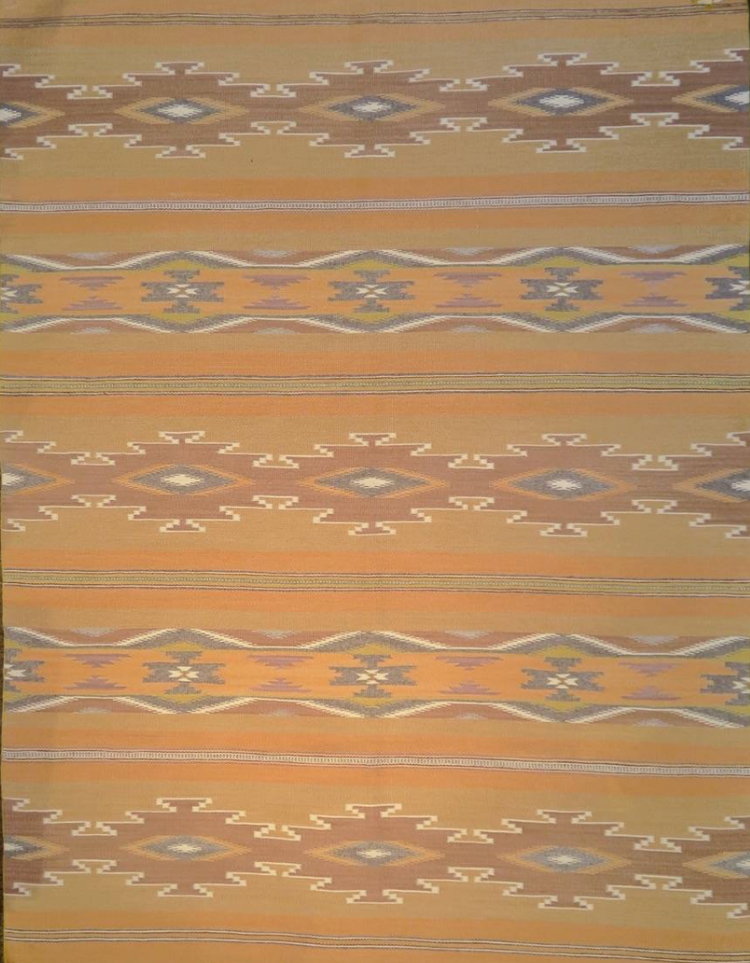
Two young anthropology graduates from the University of Chicago spent the summer of 1938 as Park Rangers at Canyon de Chelly. They were befriended by Cozy and Inja McSparron, traders from Chinle, Arizona. At the end of the summer, they decided that they loved the Navajo country and the people but didn’t like working for the government. McSparron convinced them to buy a trading post and they did, purchasing the Wide Ruins post,18 miles north of Chambers, AZ. There they worked with weavers and developed a unique style of banded rugs colored with vegetal dyes.
Wide Ruins Area Weavings
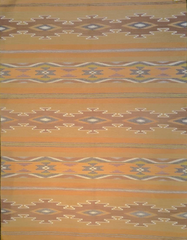
Two young anthropology graduates from the University of Chicago spent the summer of 1938 as Park Rangers at Canyon de Chelly. They were befriended by Cozy and Inja McSparron, traders from Chinle, Arizona. At the end of the summer, they decided that they loved the Navajo country and the people but didn’t like working for the government. McSparron convinced them to buy a trading post and they did, purchasing the Wide Ruins post,18 miles north of Chambers, AZ. There they worked with weavers and developed a unique style of banded rugs colored with vegetal dyes.
